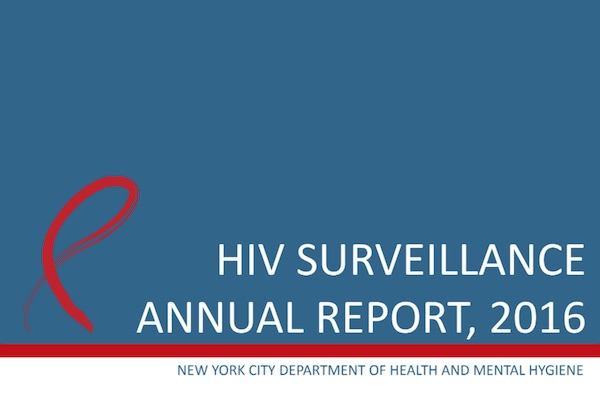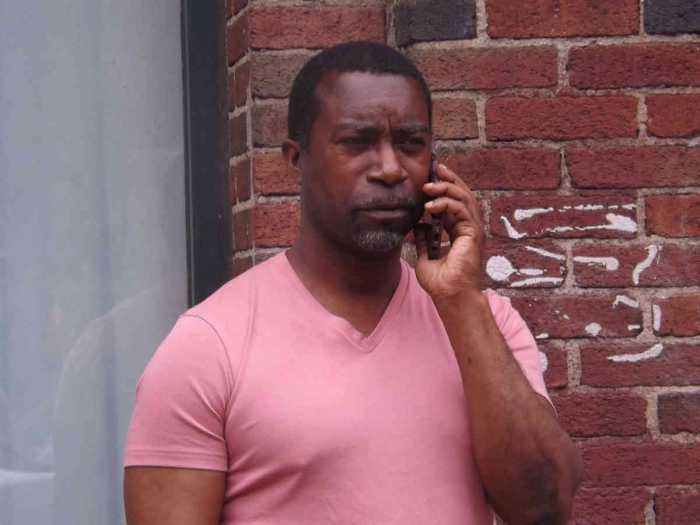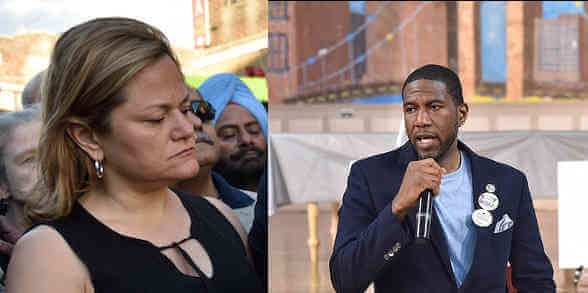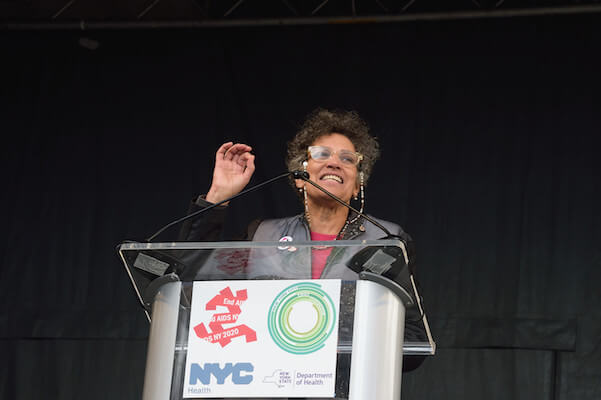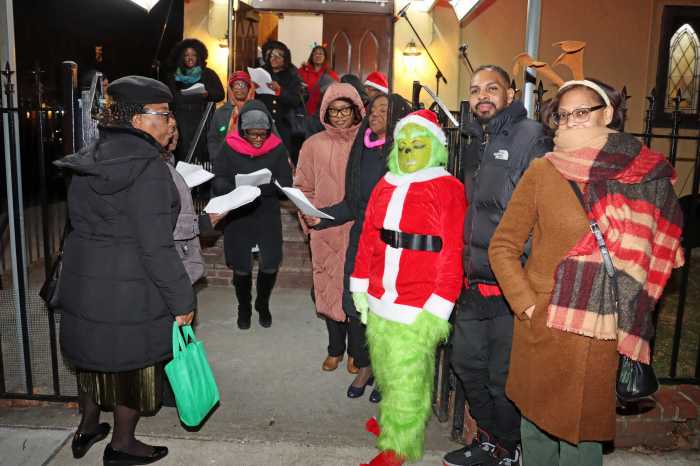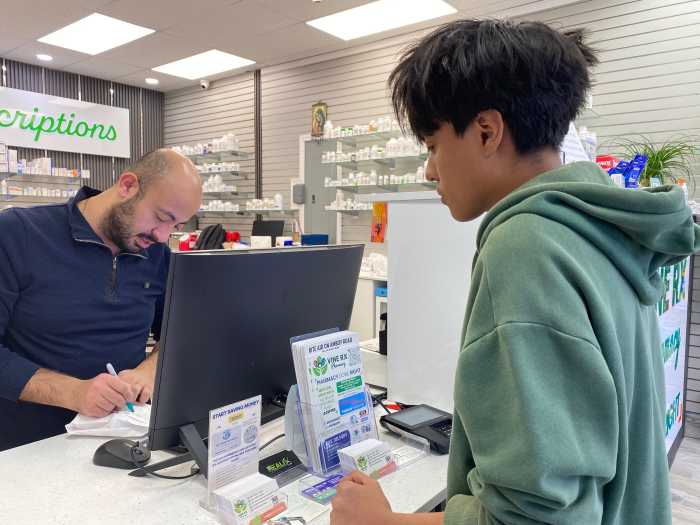The city Department of Health and Mental Hygiene this week issued its report on the state of the HIV/ AIDS epidemic in New York through the end of 2016. | NYC DOHMH
New HIV infections among New York City men who have sex with men continued declining in 2016 over 2015, according to an annual report from the city’s health department that details HIV infections last year.
There were an estimated 1,541 new HIV infections in the city in 2016 and 1,172, or 76 percent of those new infections, were among men who have sex with men (MSM). That represents a nine percent decline in new estimated infections among gay and bisexual men over 2015, which is generally consistent with declines seen in other recent year-to-year comparisons.
The de Blasio administration has endorsed the Plan to End AIDS, which aims to reduce new HIV infections in the state from the estimated 2,481 in 2014 to 750 annually by 2020. With most new HIV infections occurring in the city and most of those occurring among black and Latino gay and bisexual men, the plan must reduce the infections among those men to be successful. The city has set its own goal of reducing new HIV infections to 600 annually by 2020.
End AIDS 2020 goals still ambitious, but gains seen among black, Latino as well as white men
Insofar as new HIV diagnoses, which could have resulted from infections in 2016 or earlier, mirror the pattern of new infections, the report suggests that new HIV infections among black and Latino men are falling as well, though not to the extent that they have declined among white men.
There were 2,279 new HIV diagnoses in 2016 with 1,771 of those among men and 1,236, or 70 percent of new diagnoses among men, attributable to men who have sex with men. In 2016 over 2015, new HIV diagnoses among all black men fell from 745 to 689, from 759 to 611 among all Latino men, and from 386 to 323 among all white men. To put the 2016 numbers into context, in 2001, there were 5,906 new HIV diagnoses in the city.
“The historic low in new HIV diagnoses is yet another indication that we remain on the road to ending the HIV epidemic in our city,” said Dr. Mary Bassett, the city’s health commissioner, in a November 29 statement that accompanied the report. “While we have seen a dramatic decrease in HIV diagnoses among the MSM community overall, we must continue to work together to address the excess number of new HIV infections in communities of color.”
The new diagnosis rate among black men was more than three times higher than the rate among white men. The new diagnosis rate among Latino men was double the rate among white men.
New HIV diagnoses among Asian Pacific Islander men increased to 125 in 2016 over 101 in 2015. New diagnoses among women also increased in 2016, going from 482 in 2015 to 508 in 2016. There were 46 new HIV diagnoses among transgender men and women in 2016 versus 42 new HIV diagnoses in that group in 2015.
The Plan to End AIDS uses anti-HIV drugs in HIV-negative people. Post-exposure prophylaxis (PEP) prevents infection in people who had a recent exposure to the virus and pre-exposure prophylaxis (PrEP), a once-a-day pill, offers ongoing HIV prevention. PrEP and PEP are highly effective when taken correctly.
The plan treats people who are HIV-positive with anti-HIV drugs so they remain healthy and cannot infect others. The drug regimen is supported with stable housing, nutrition, and other services.
While the city health department began ramping up its efforts that are part of the plan late last year, private groups, such as the Callen-Lorde Community Health Center, Gay Men’s Health Crisis, and the Community Healthcare Network (CHN), which operates 12 clinics in four boroughs in New York City, have been enrolling clients in PrEP for more than a year or longer. Callen-Lorde has been particularly successful.
The plan, which was conceived by Charles King, the chief executive at Housing Works, an AIDS group, and Mark Harrington, head of the Treatment Action Group, an advocacy organization, is ambitious. The city will have to sustain large declines in new infections among all men who have sex with men, but especially among African-American and Latino gay and bisexual men, over the next four years for the city to reach 600 new HIV infections in 2020.
“I think you’re going to start seeing the impact of [the plan] accelerating declines probably next year,” said Dr. Demetre Daskalakis, New York City’s deputy commissioner for disease control, in an interview prior to the release of the report. “I would expect that the majority of the impact will be seen next year.”

